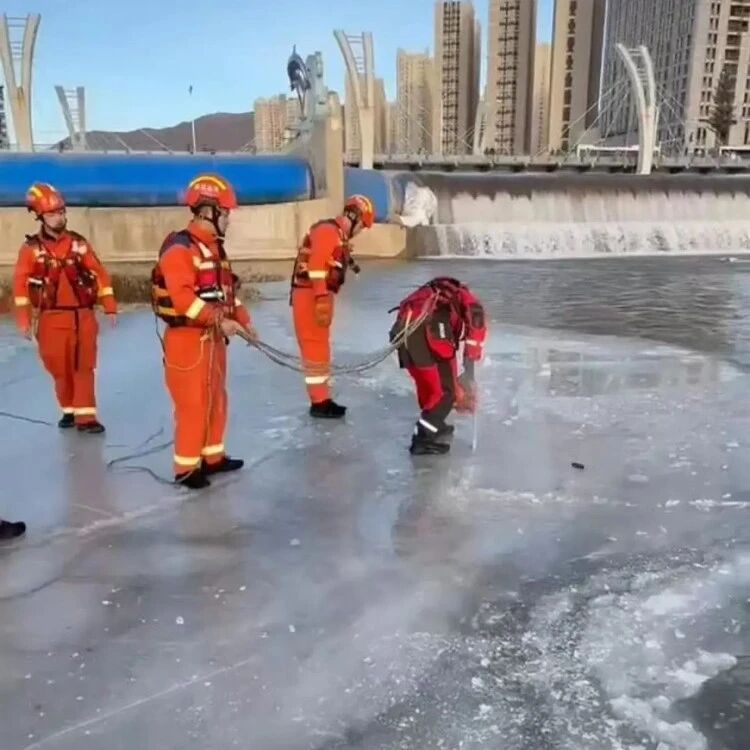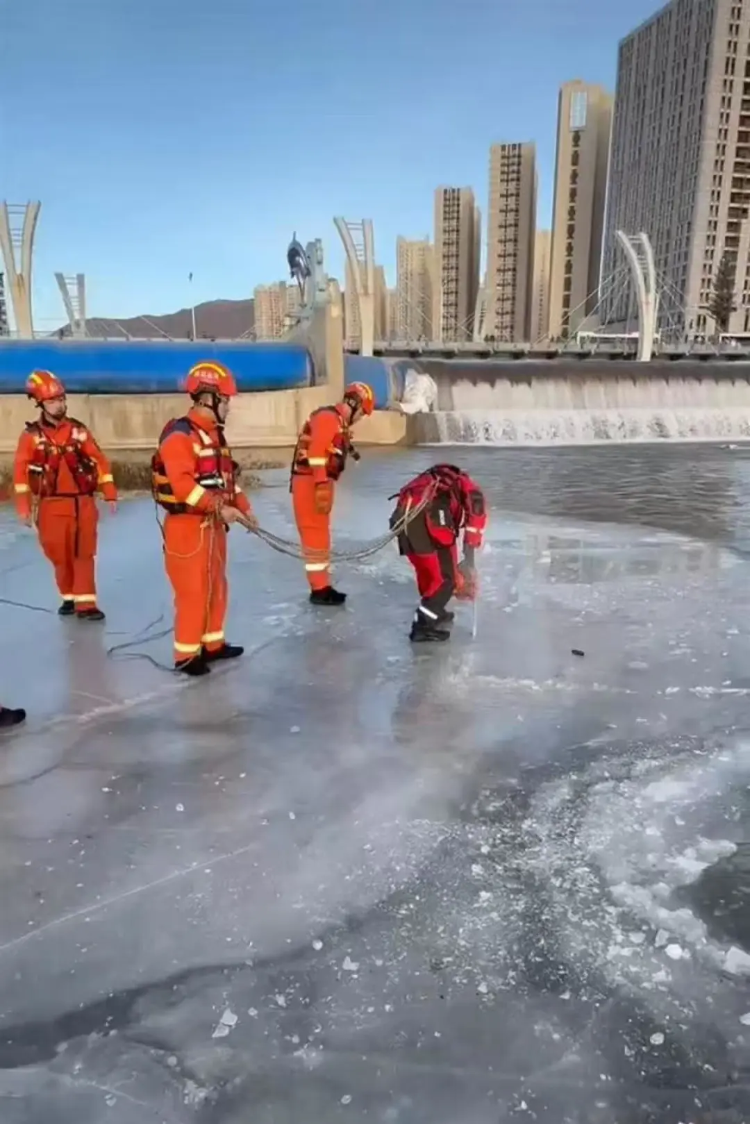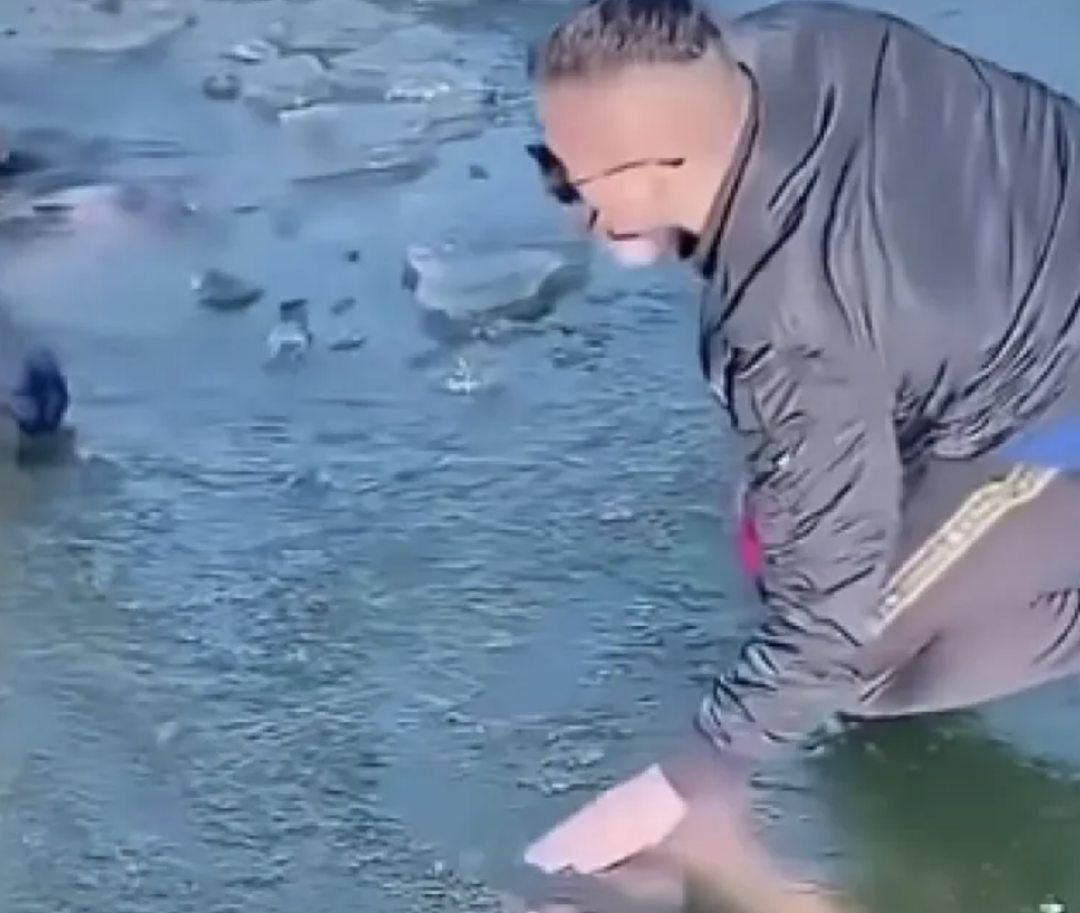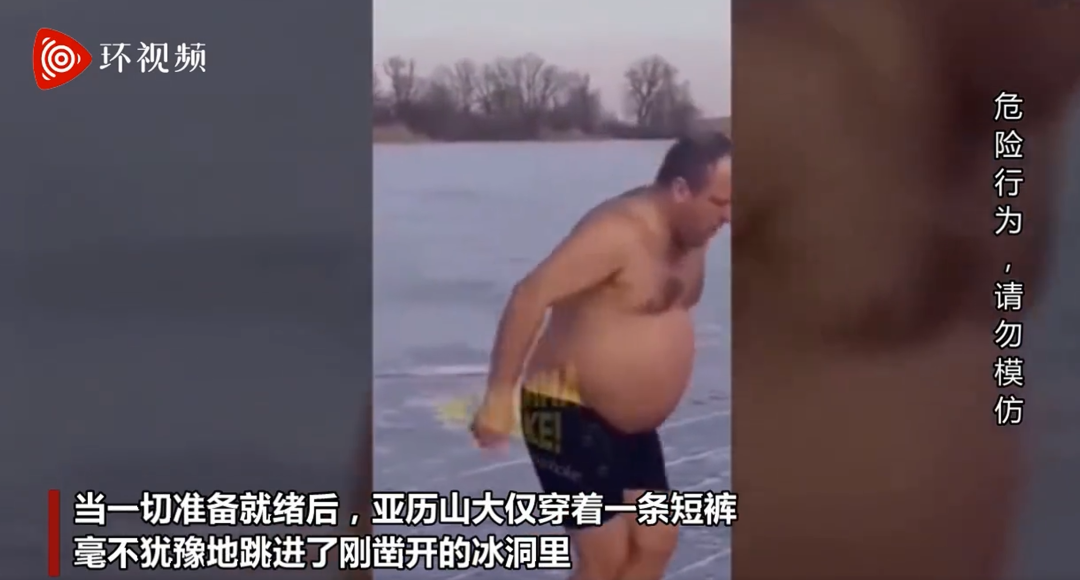A winter swimmer trapped beneath an ice layer in Zhangjiakou, Hebei, has unfortunately passed away. Why is self-rescue so challenging when someone is trapped under ice? Experts weigh in.
•6 min read









Source: Ningbo Daily
Swimming star Fu Yuanhui lands a job "right at her doorstep": officially joins the Physical Education and Arts Department at Zhejiang University.
Quan Hongchan and Cao Yuan named World Aquatics' 2024 Diving Athletes of the Year

Related Articles

Swimming
Singapore World Aquatics Championships: China's synchronized swimming team defeats the neutral team to clinch their 3rd gold medal.

Swimming
Gathering for the 2025 "Sports & Fun Dream": Rural Water Safety Swimming Instructor Training Program Kicks Off

Swimming
